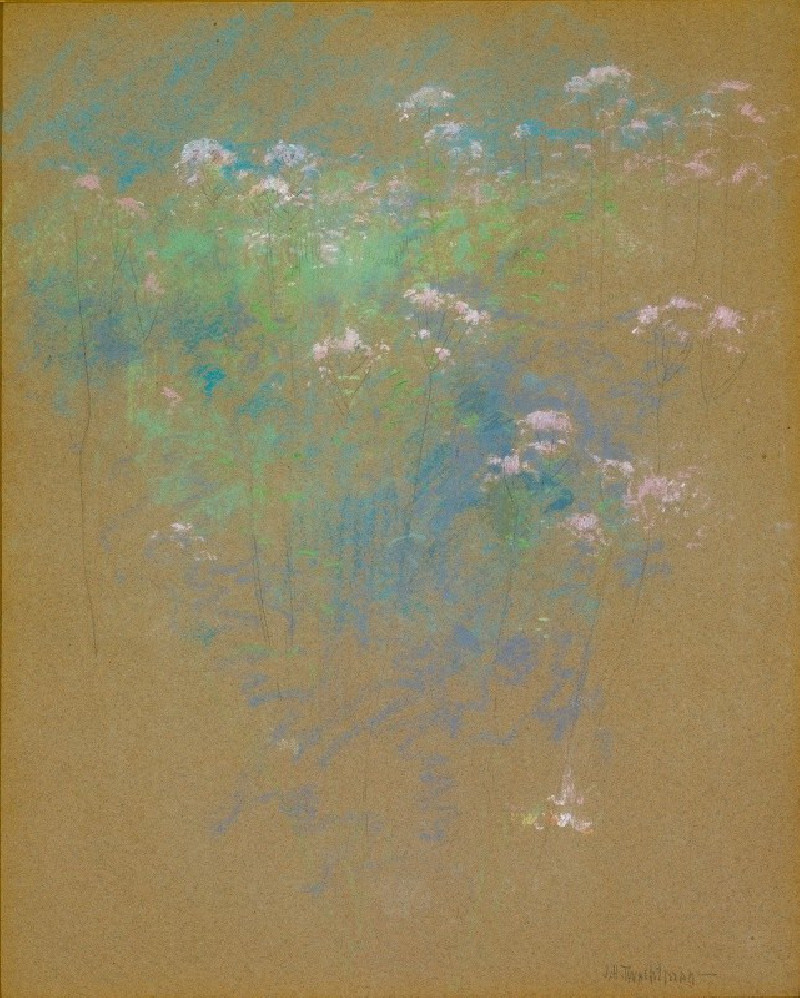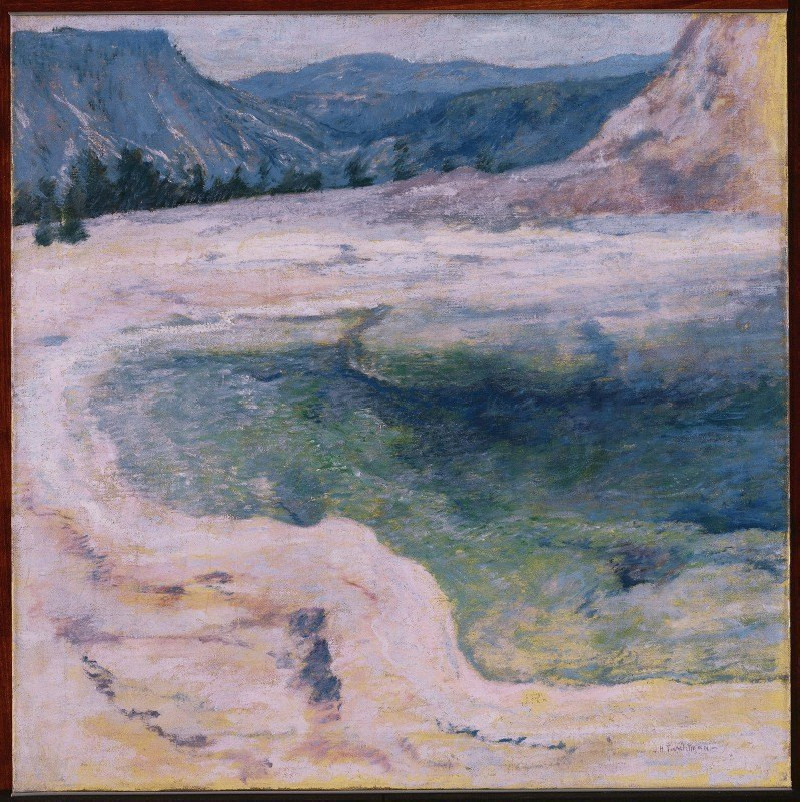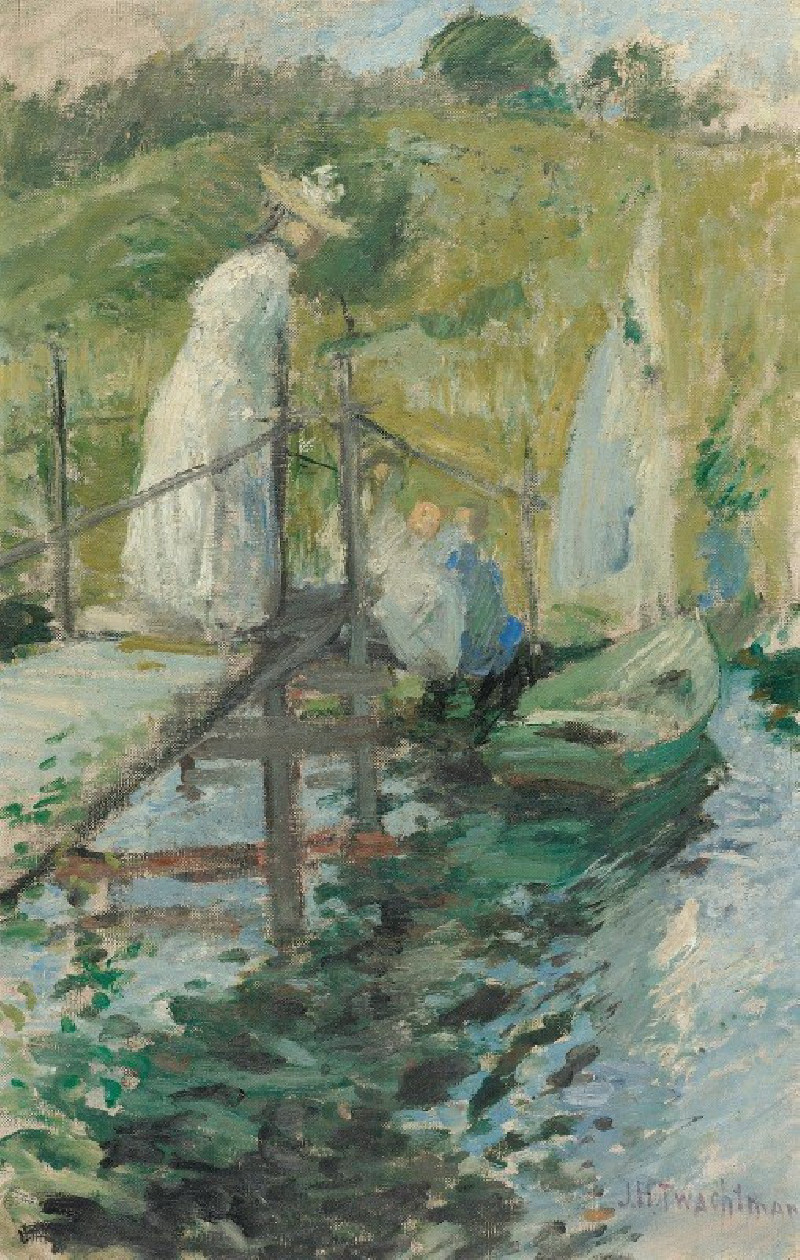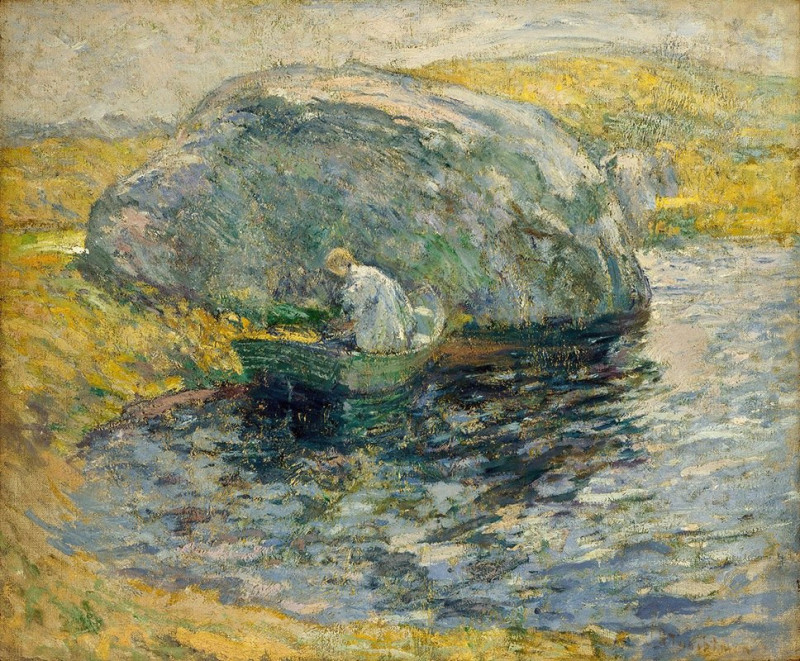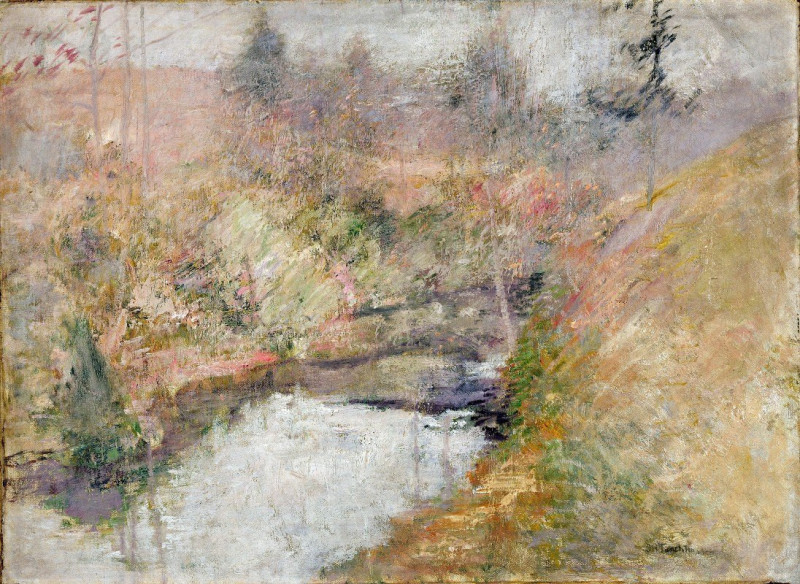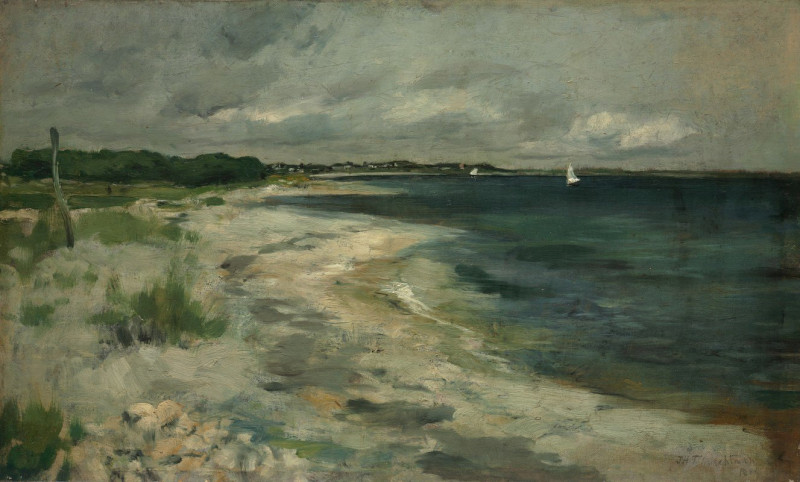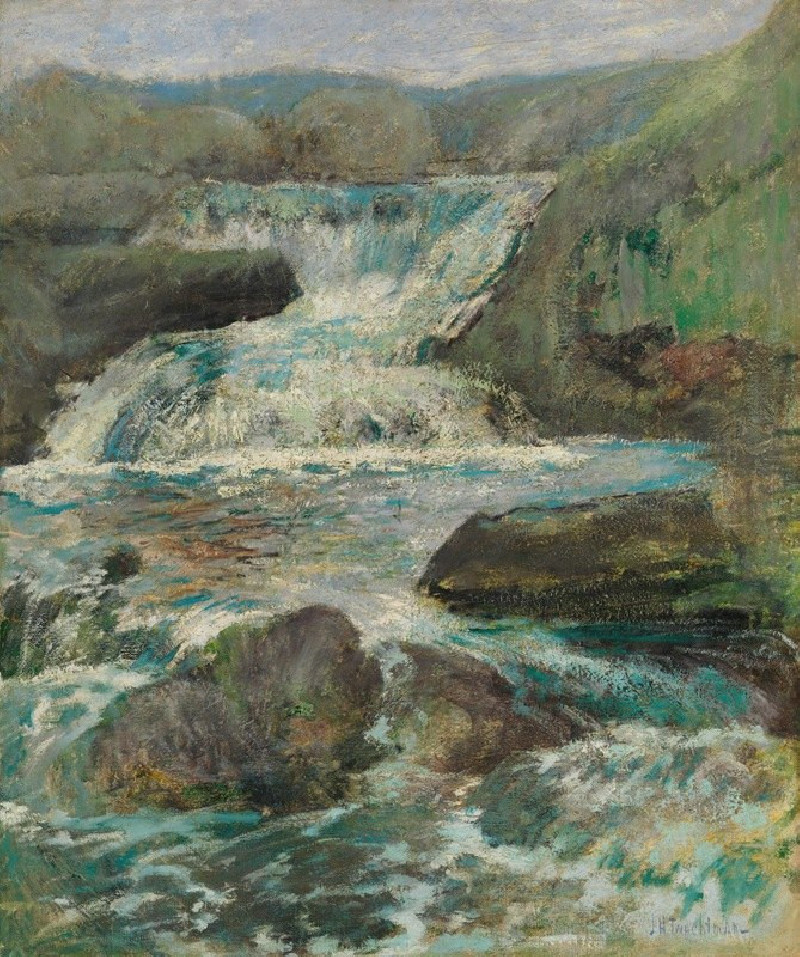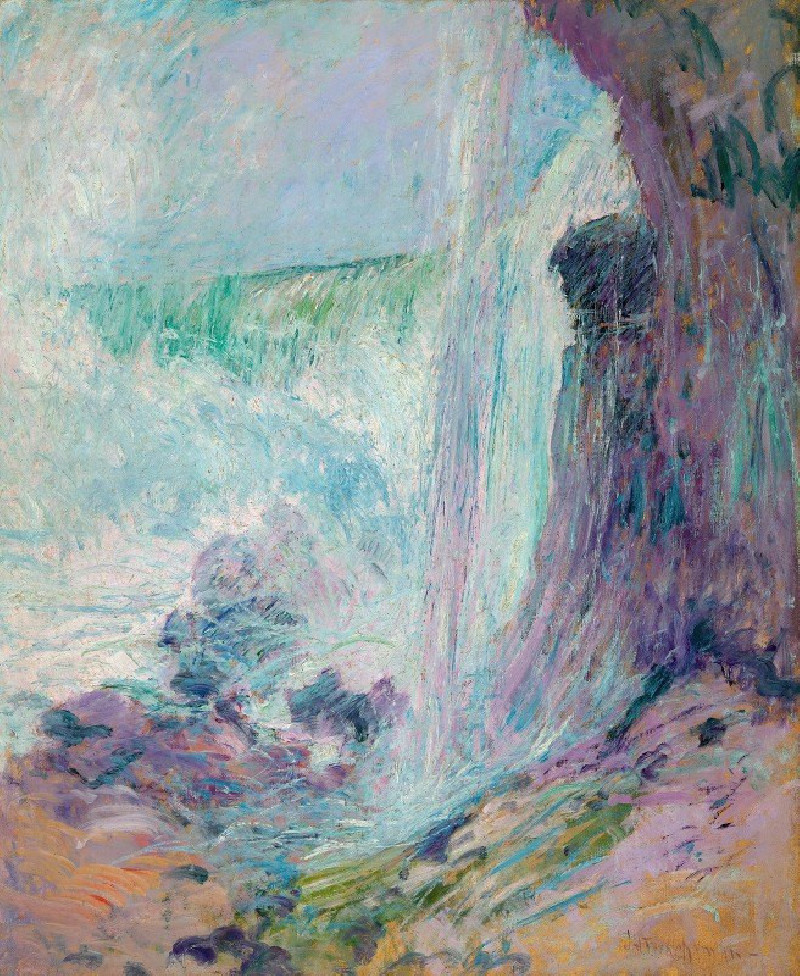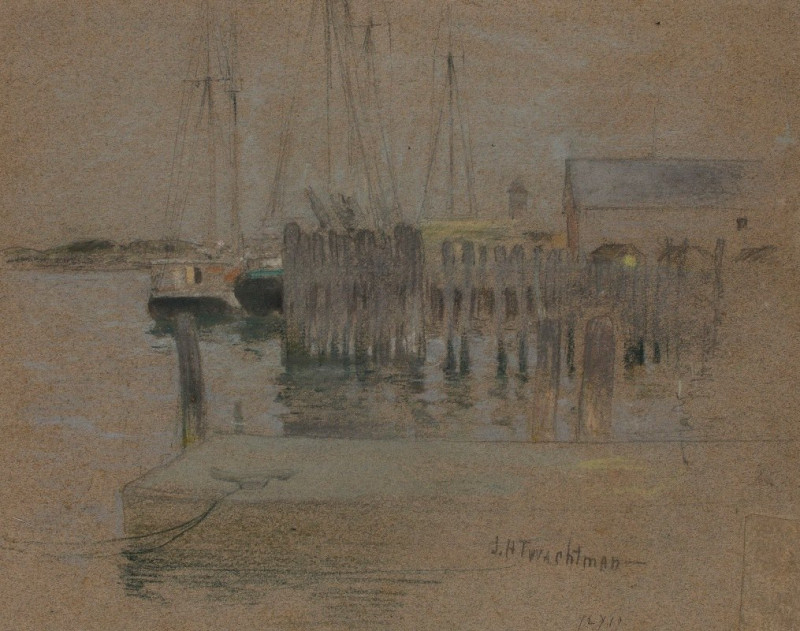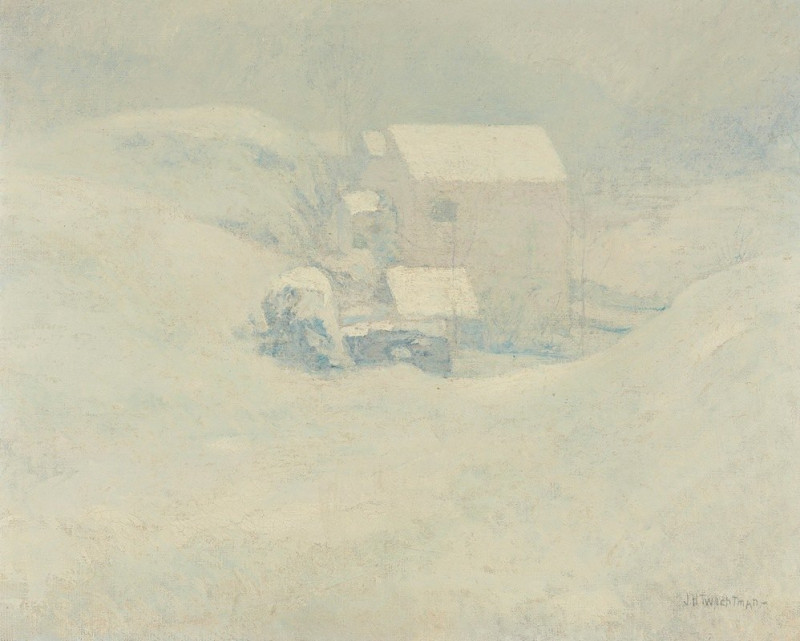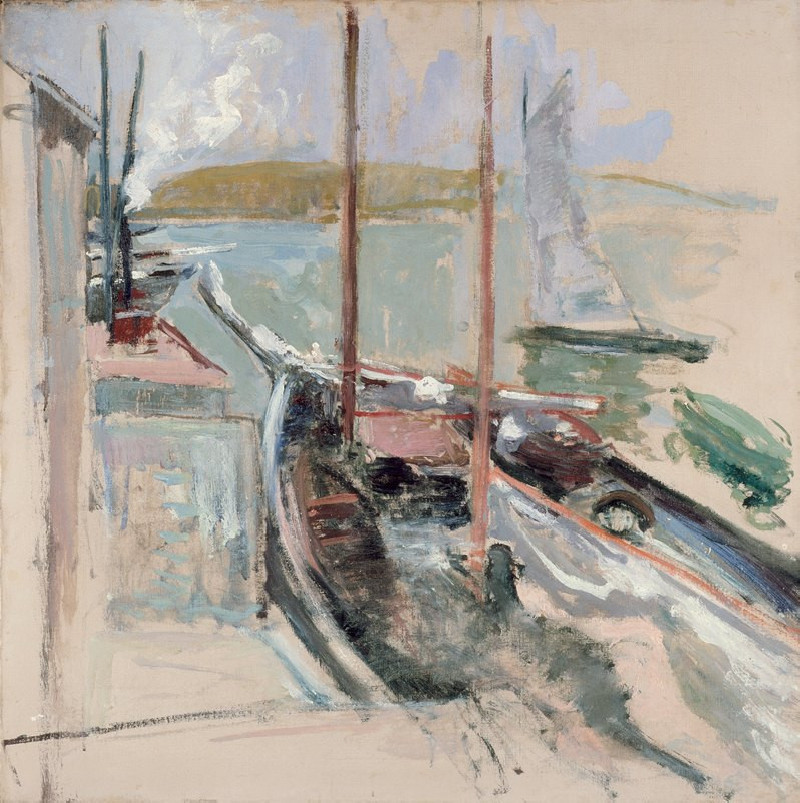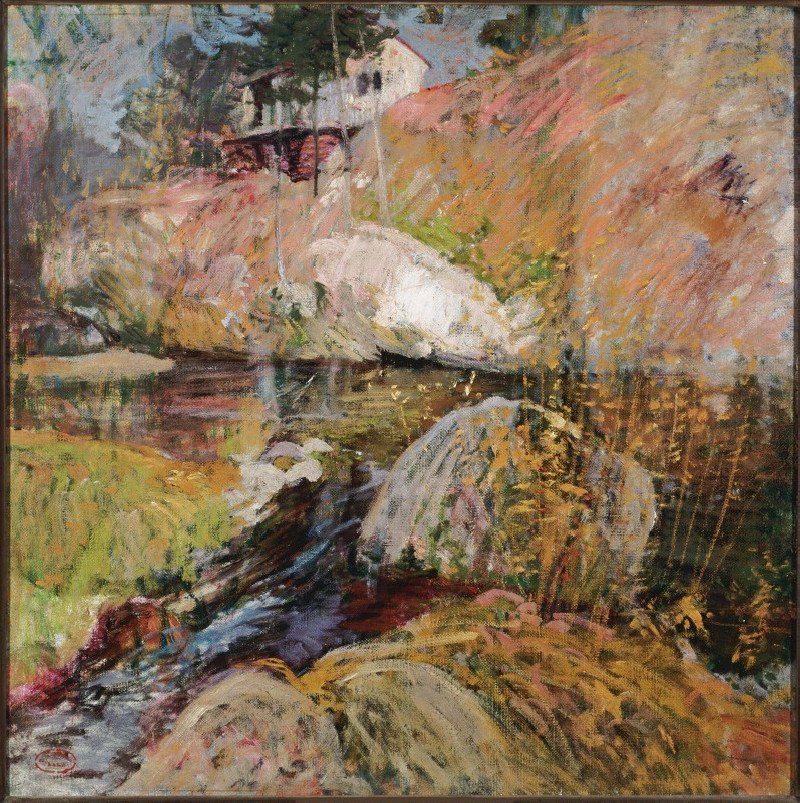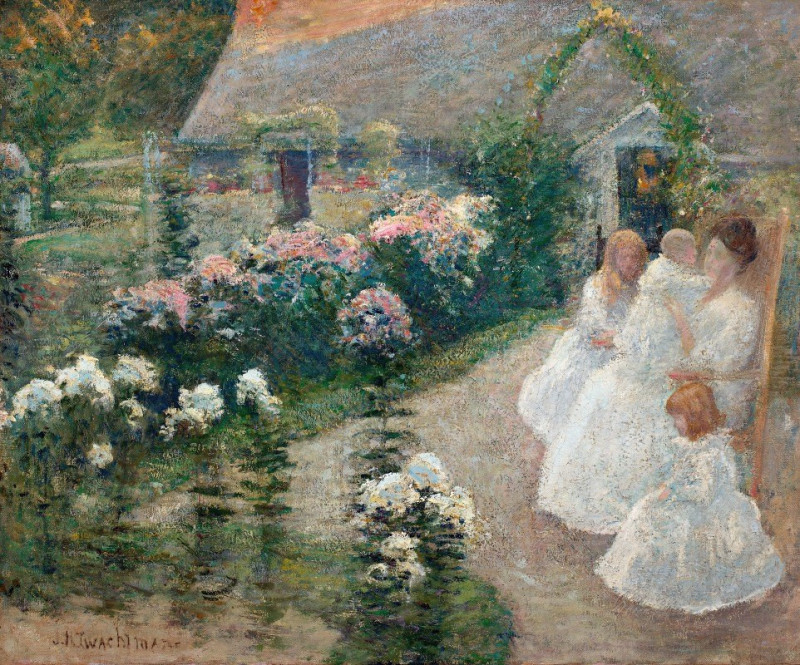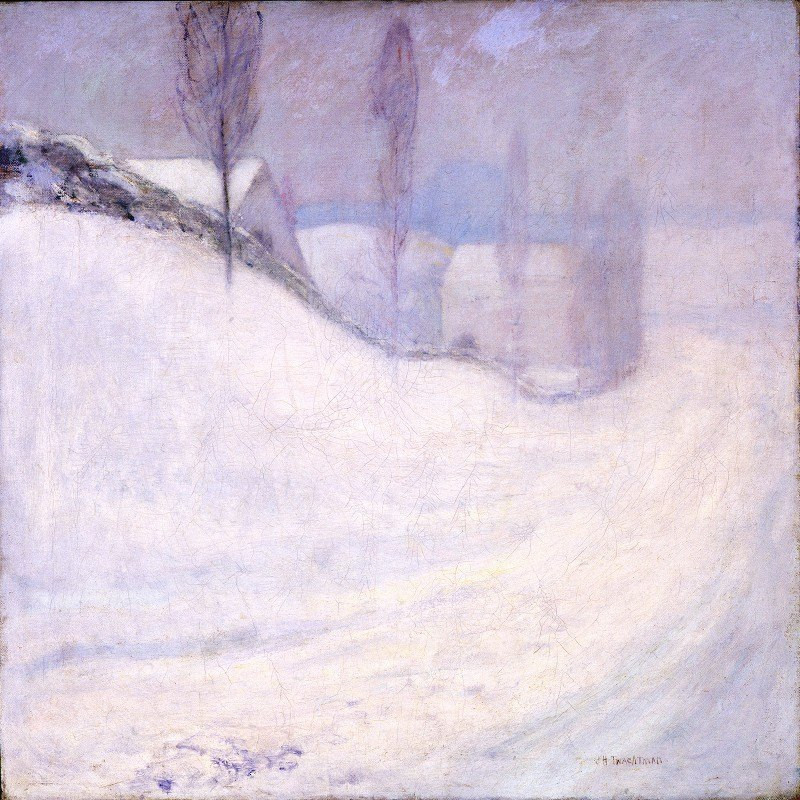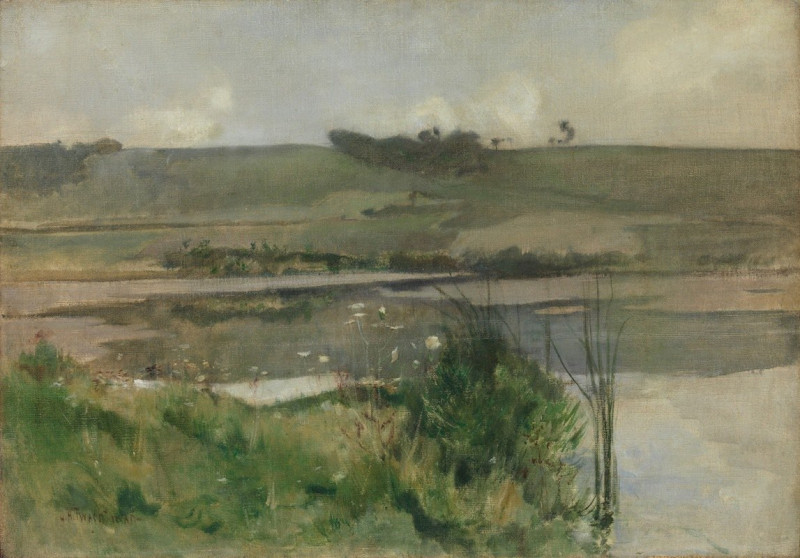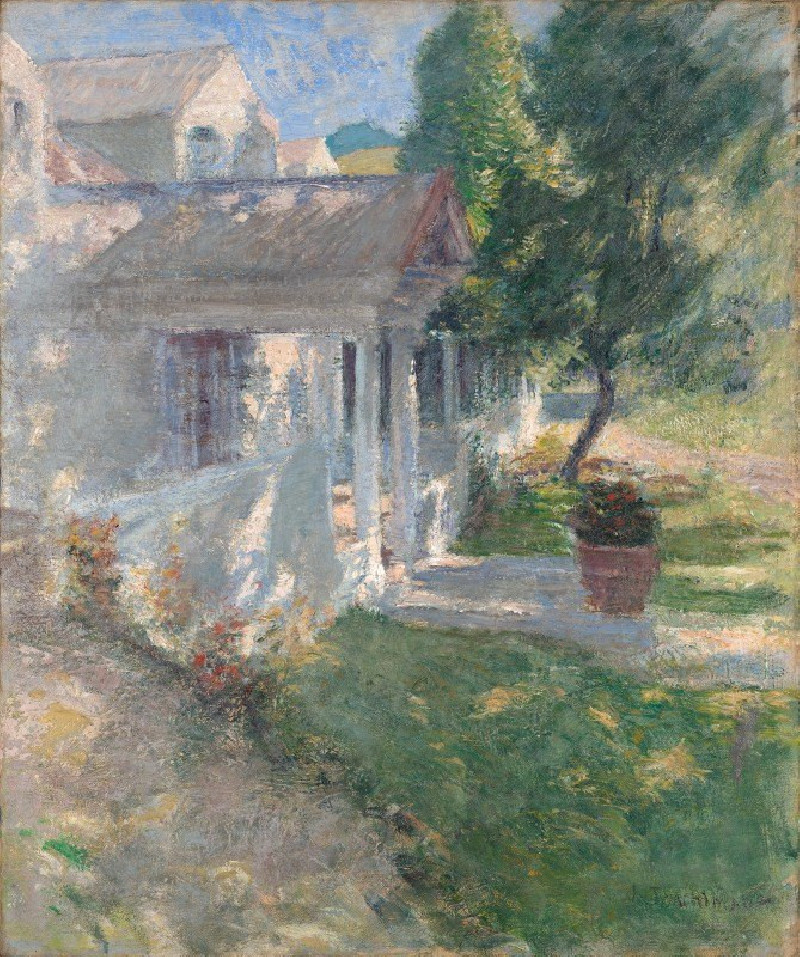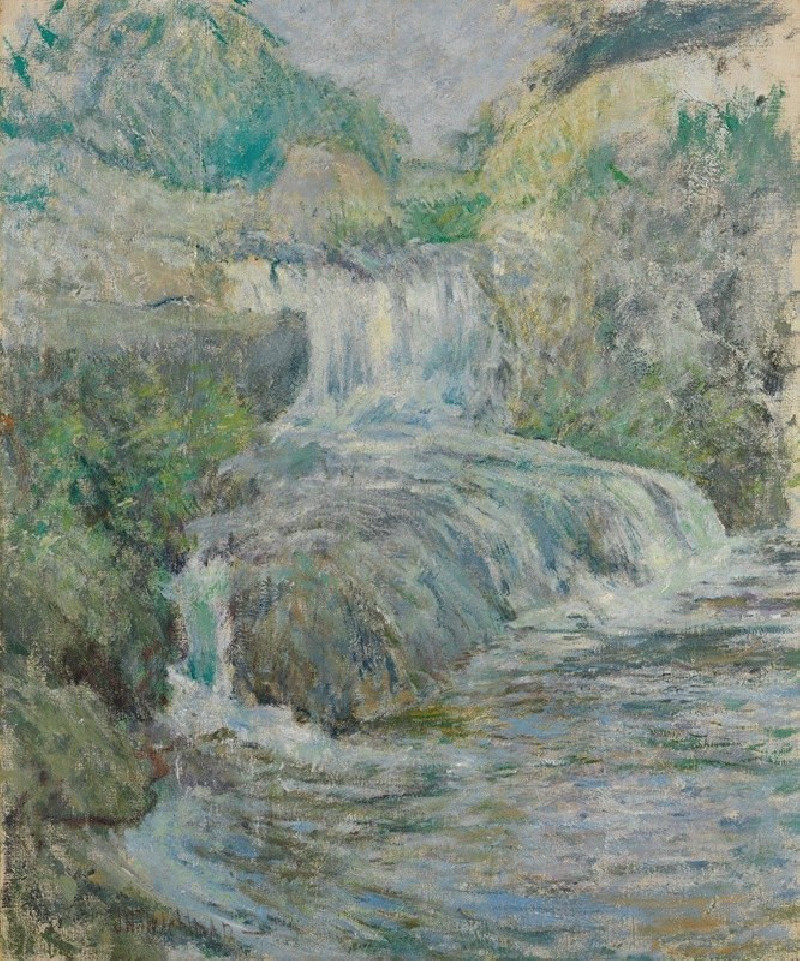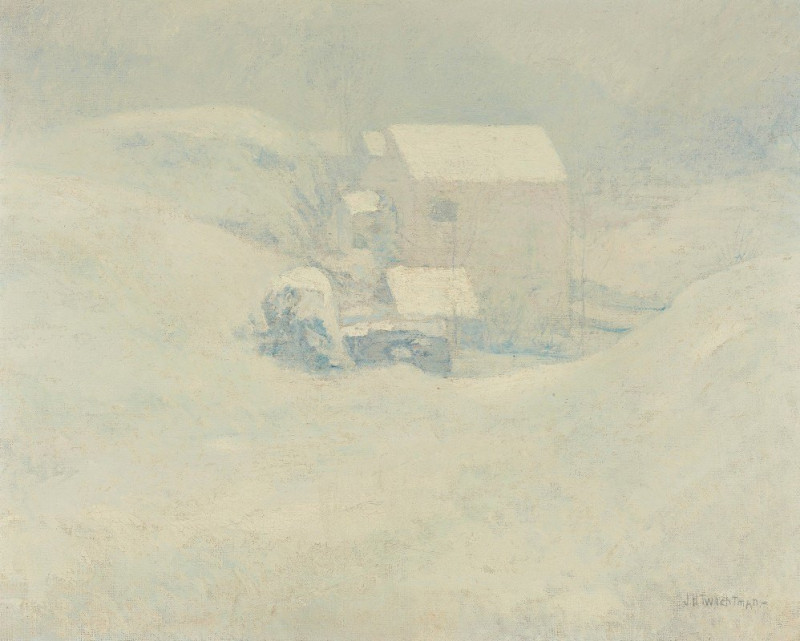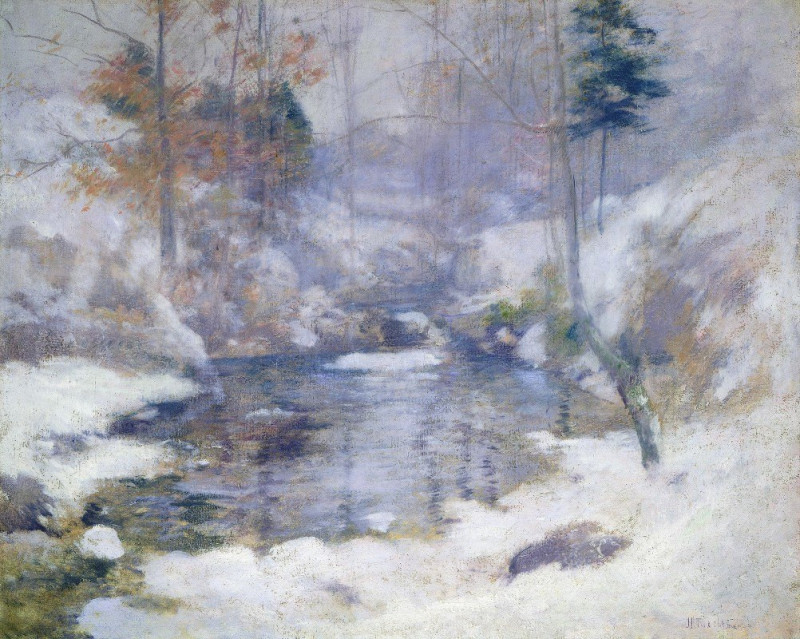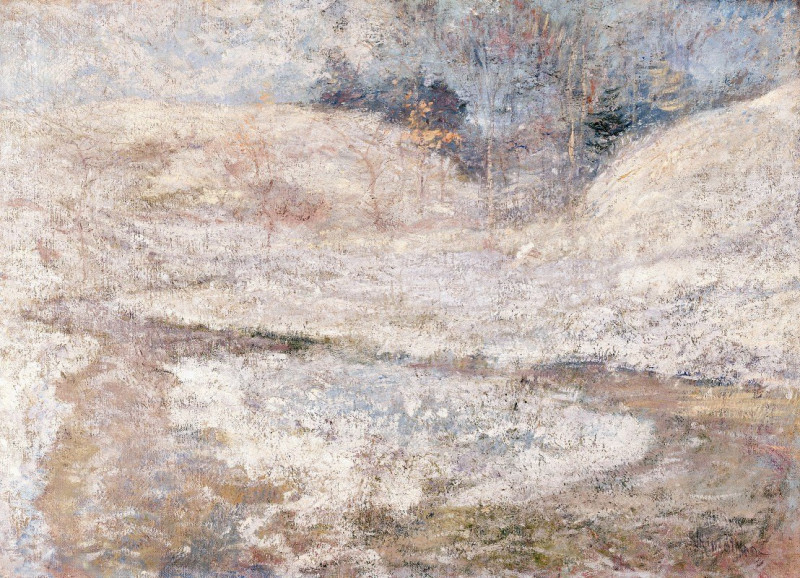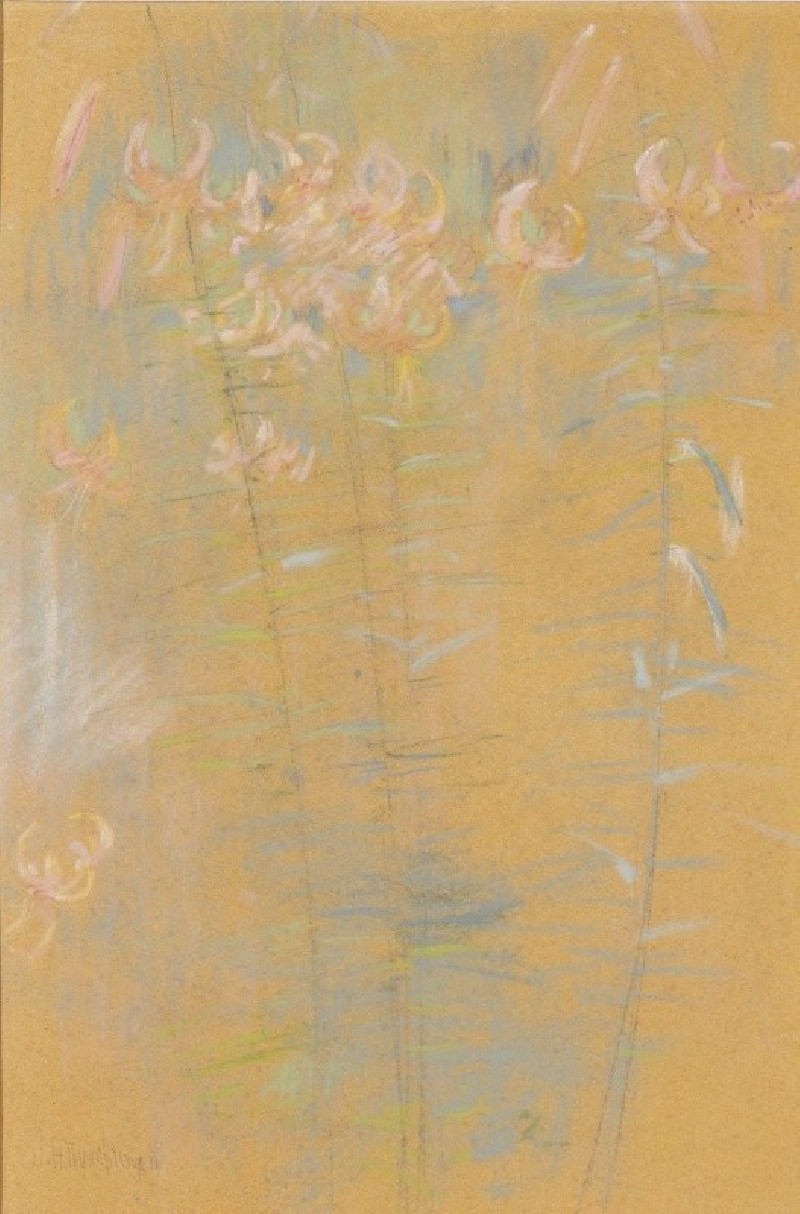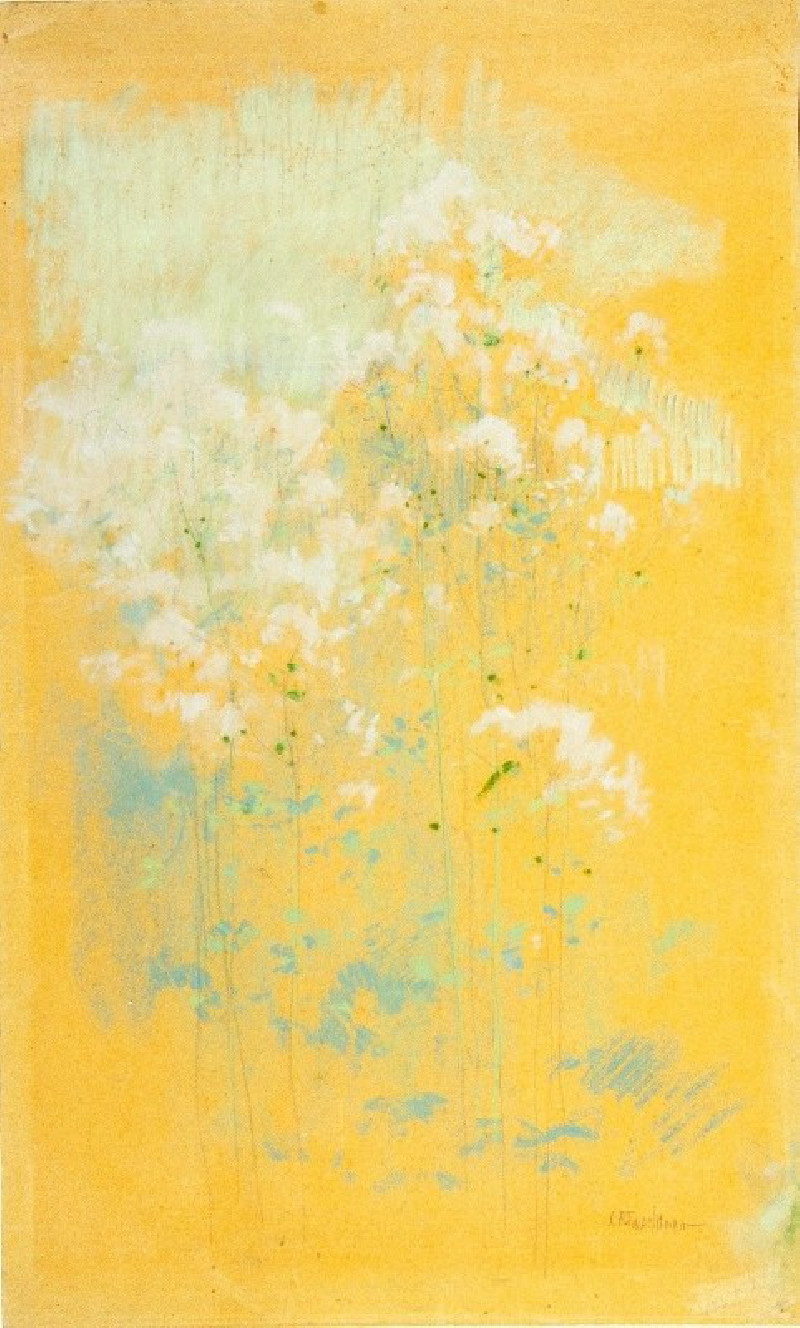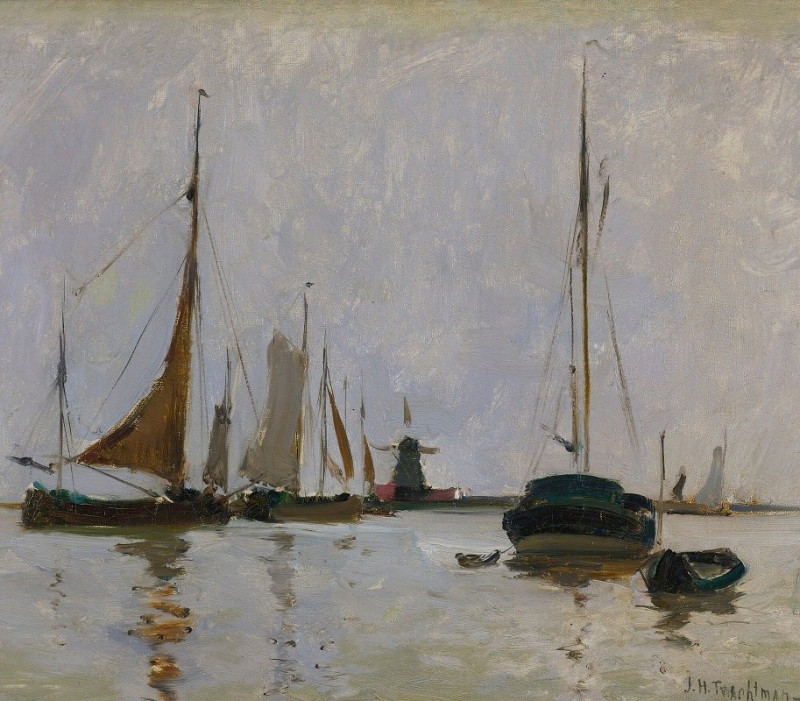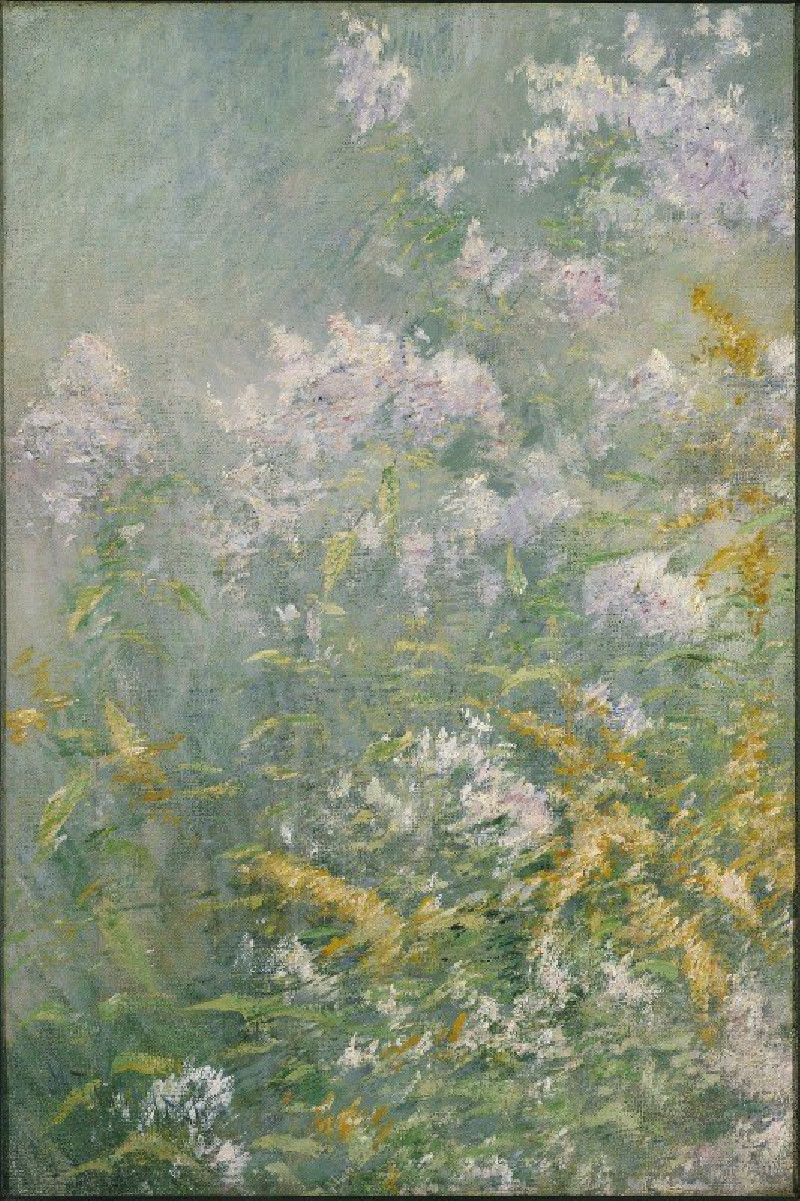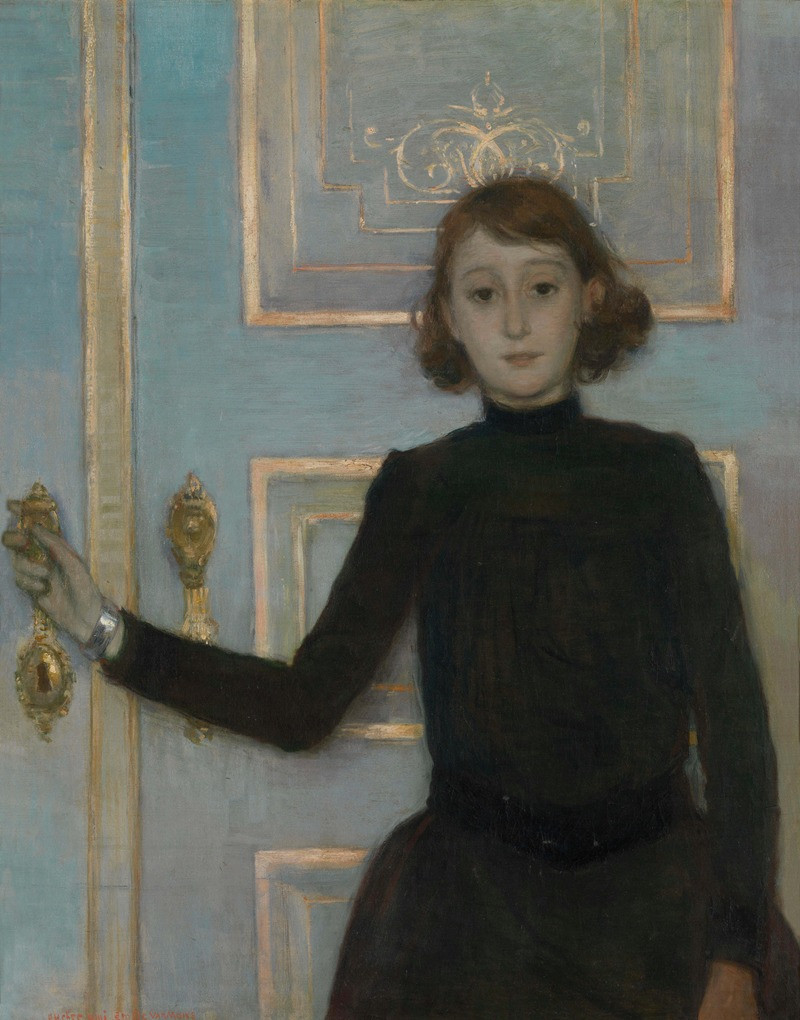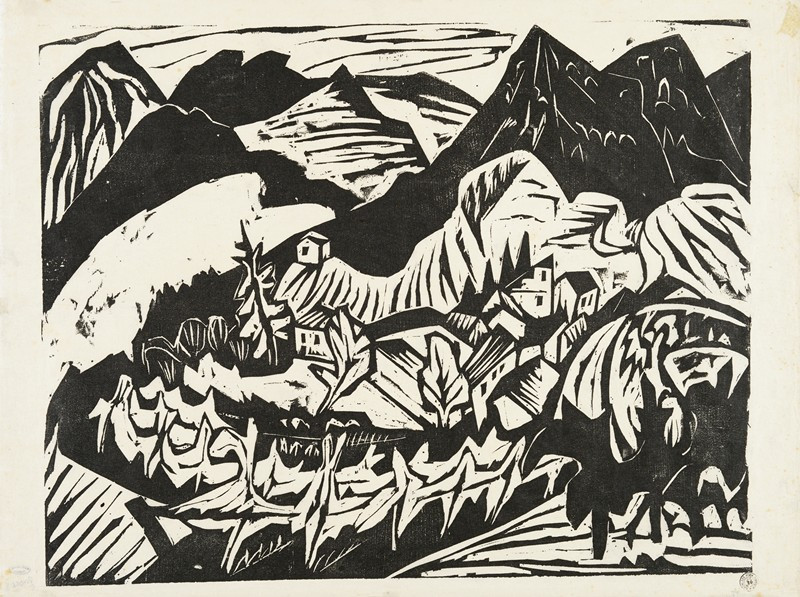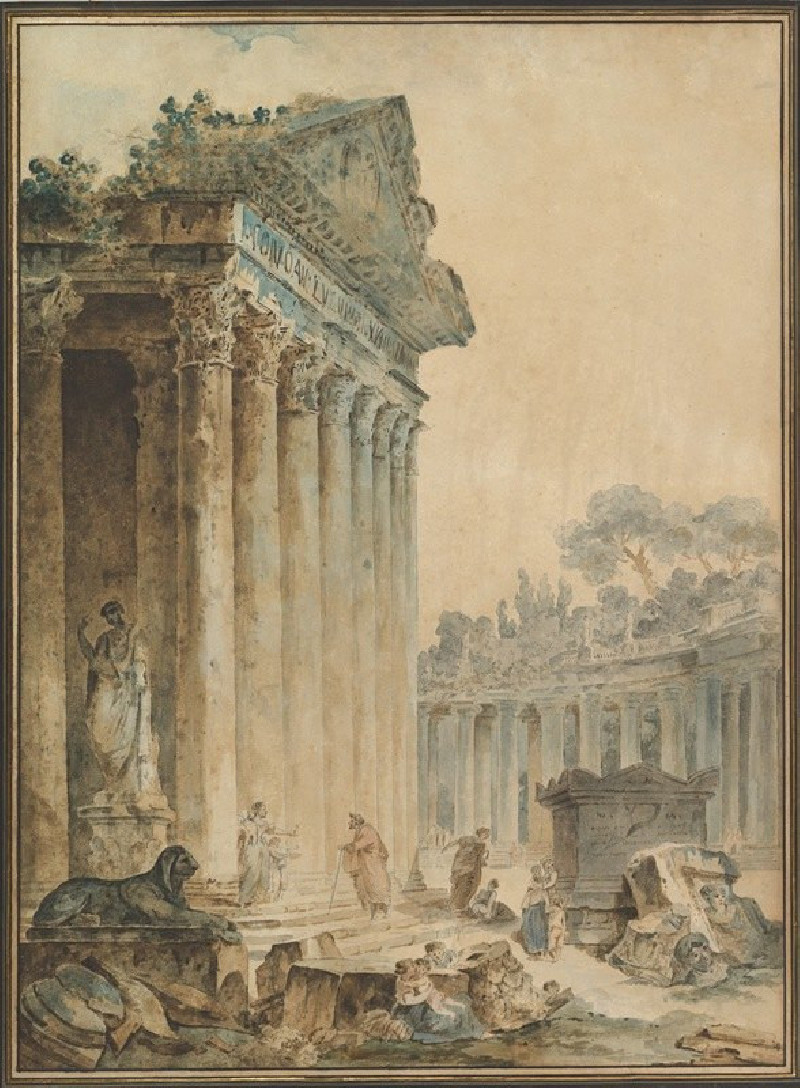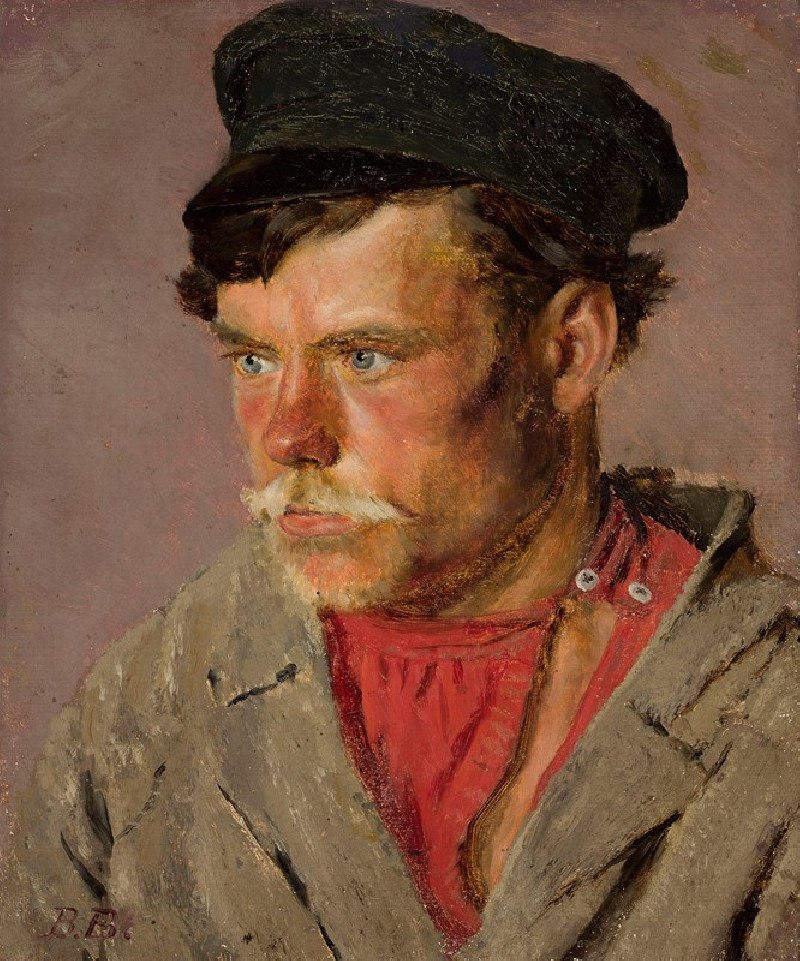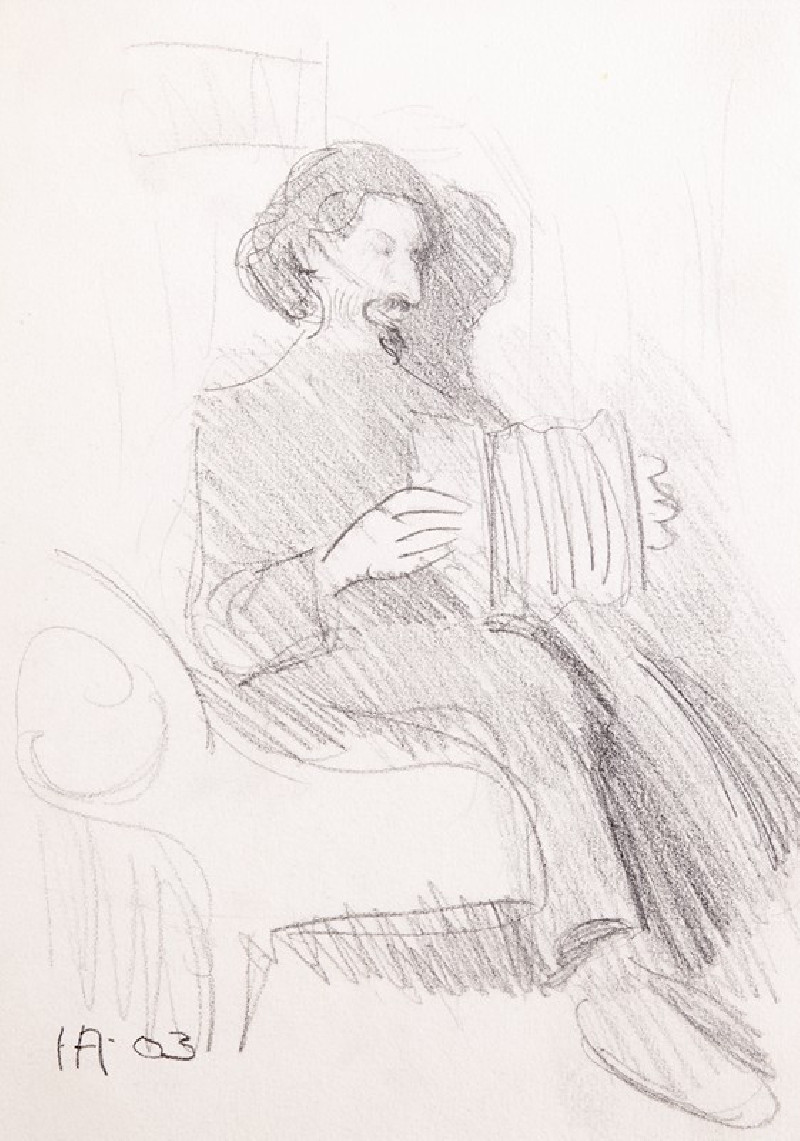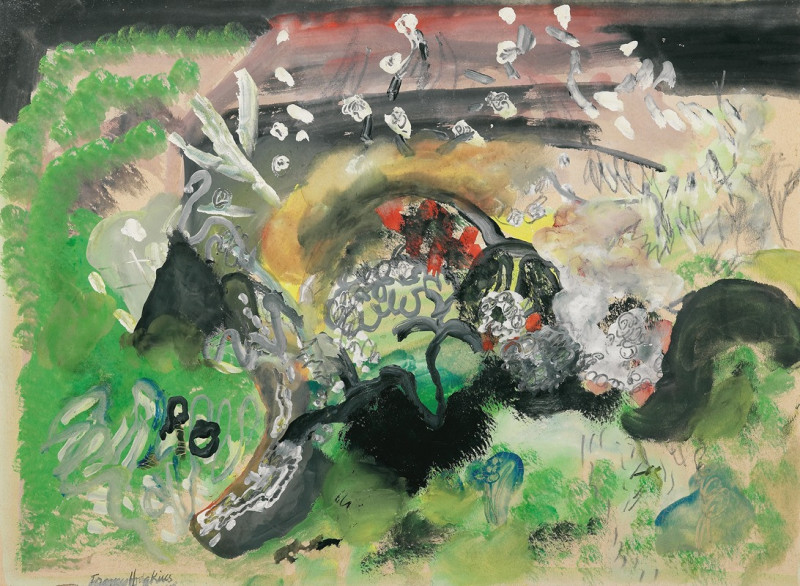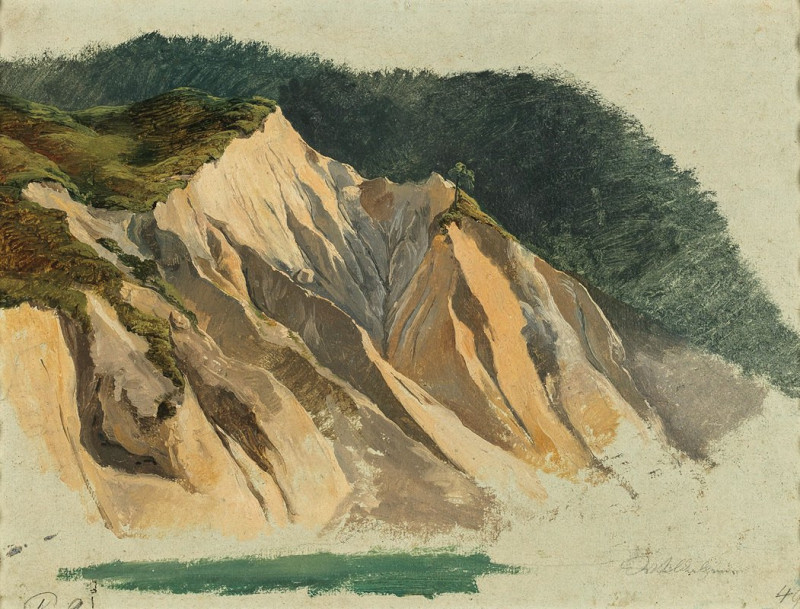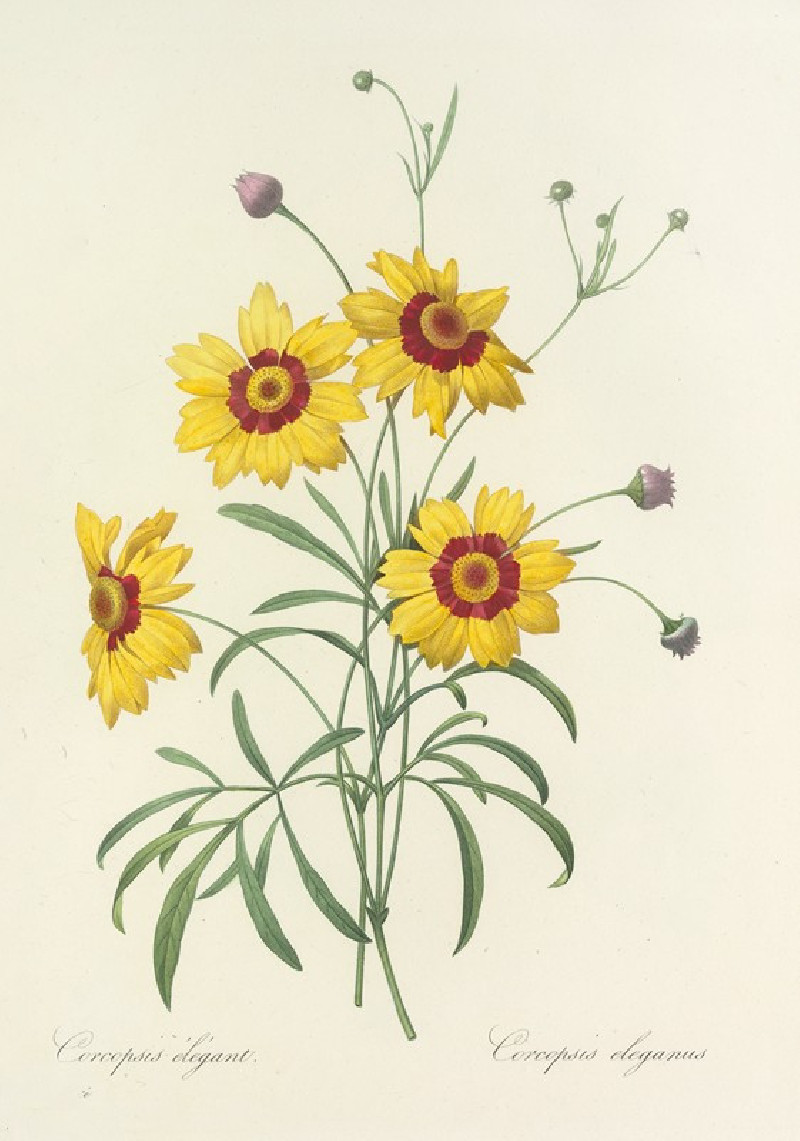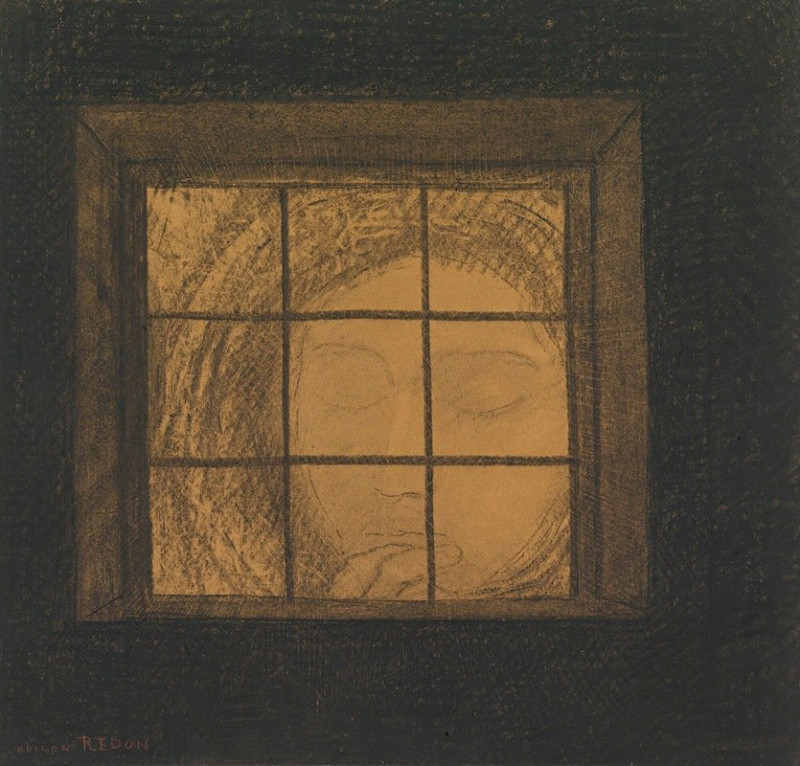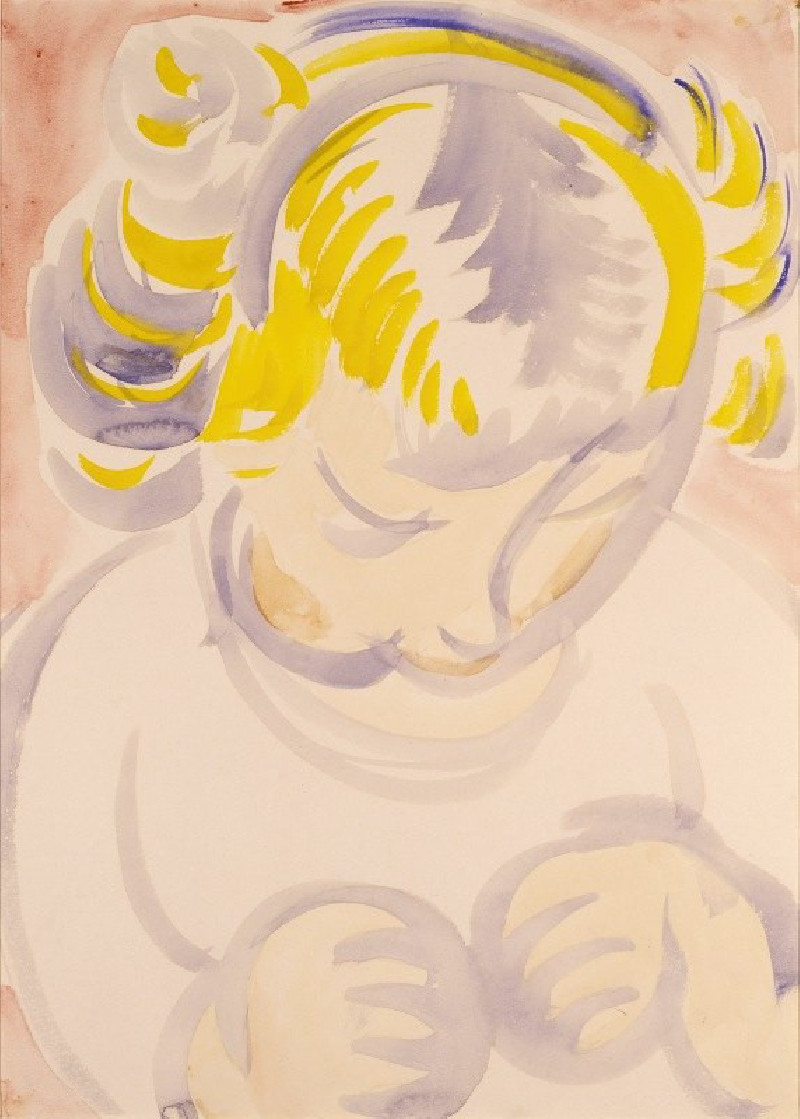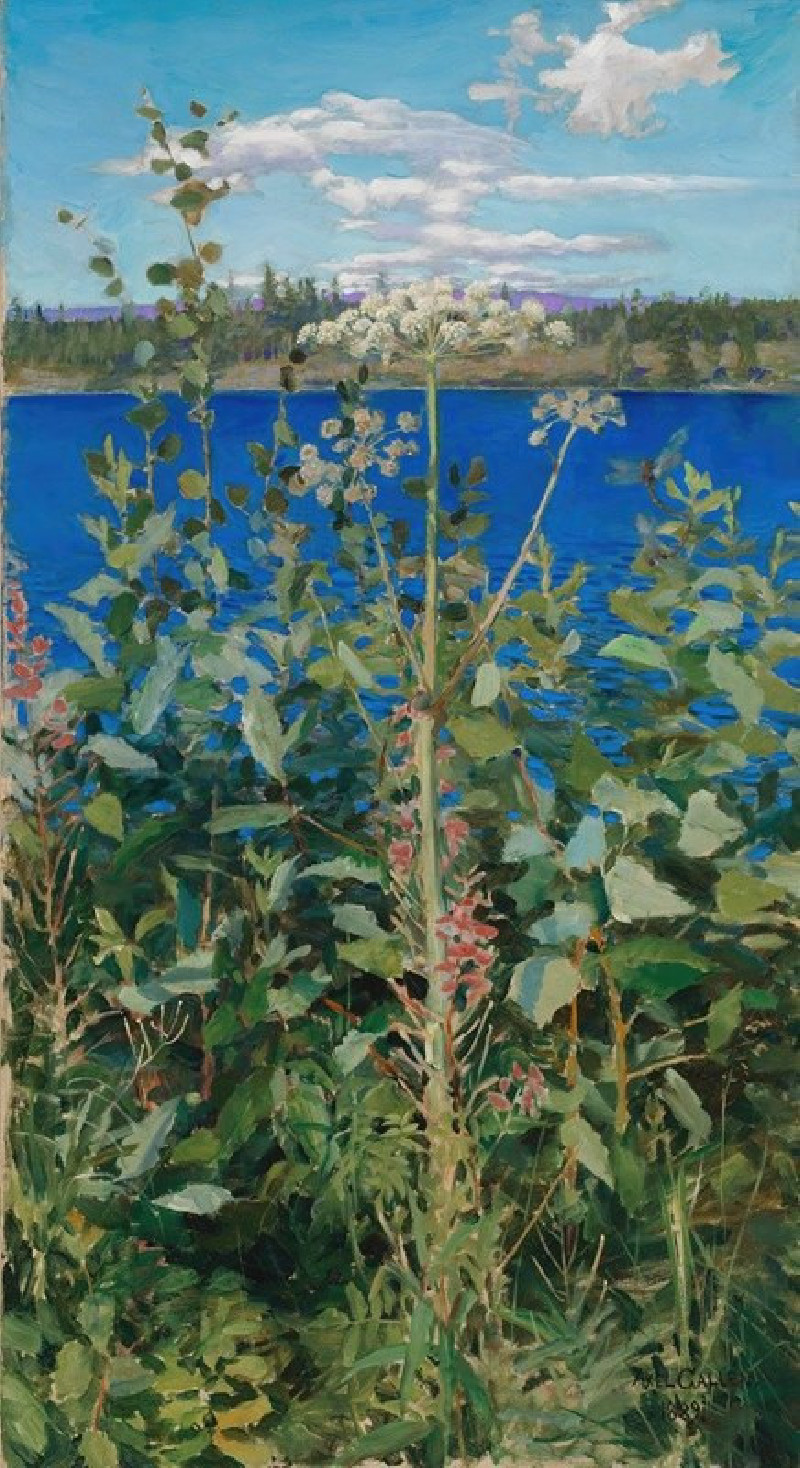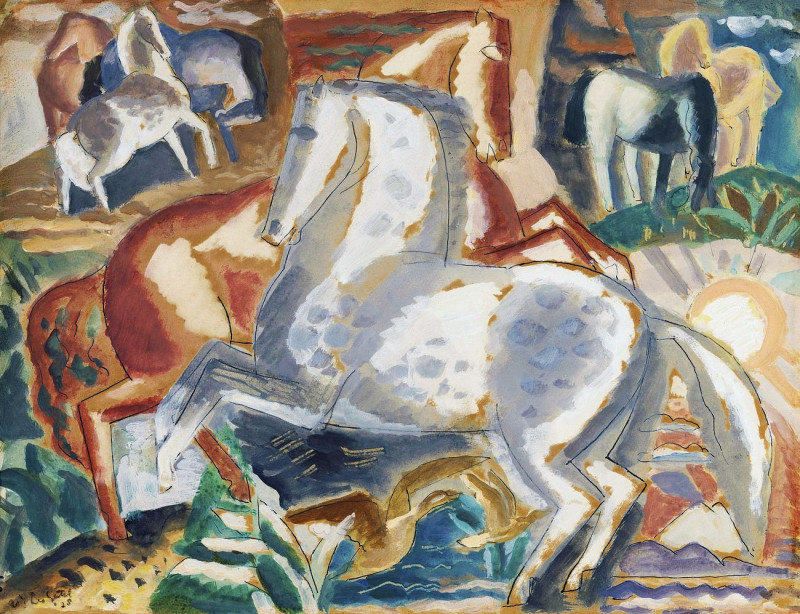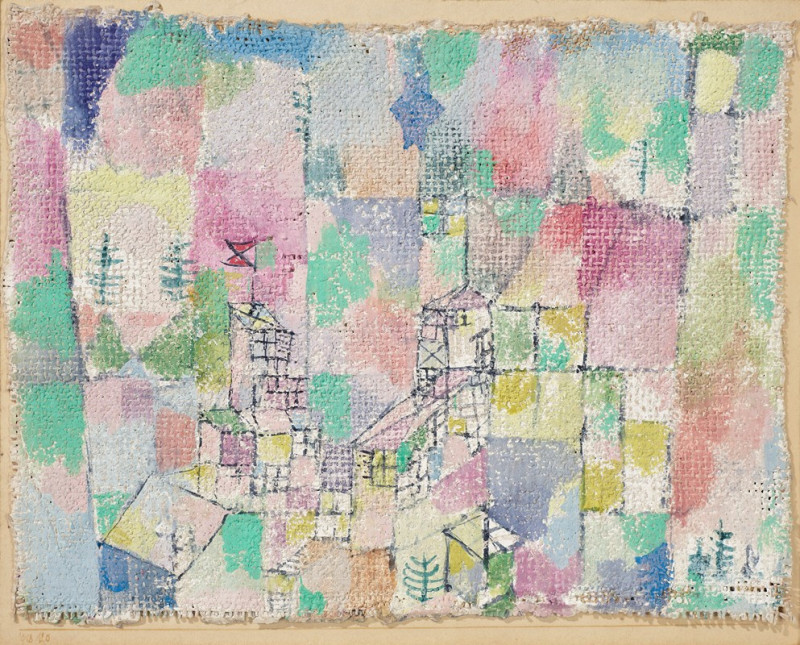Flowers (ca. 1900)
Technique: Giclée quality print
Recommended by our customers
More about this artwork
John Henry Twachtman's painting, titled "Flowers" and created around 1900, bathes viewers in the subtle beauty and tranquility of wildflowers. In this artwork, one can envisage a soft expanse of natural landscape, where delicate blooms in hues of white and pale pink sway gently amidst a backdrop of ethereal greenery. Twachtman's technique envelopes the flowers in a misty, dream-like atmosphere, which suggests the fleeting, ephemeral nature of life and beauty in the natural world.The artist employs a minimalist approach with feathery brush strokes and a restrained color palette, featuring shades of greens, blues, and pinks against a natural brown paper. This not only adds a sense of depth and dimension but also evokes a serene, almost otherworldly environment. Twachtman's ability to capture the essence of floral beauty without the elaboration of detail invites viewers to appreciate the simplicity and quietude of nature.
Delivery
Returns
John Henry Twachtman was an American painter best known for his impressionist landscapes, though his painting style varied widely through his career. Art historians consider Twachtman's style of American Impressionism to be among the more personal and experimental of his generation. He was a member of "The Ten", a loosely allied group of American artists dissatisfied with professional art organizations, who banded together in 1898 to exhibit their works as a stylistically unified group.

